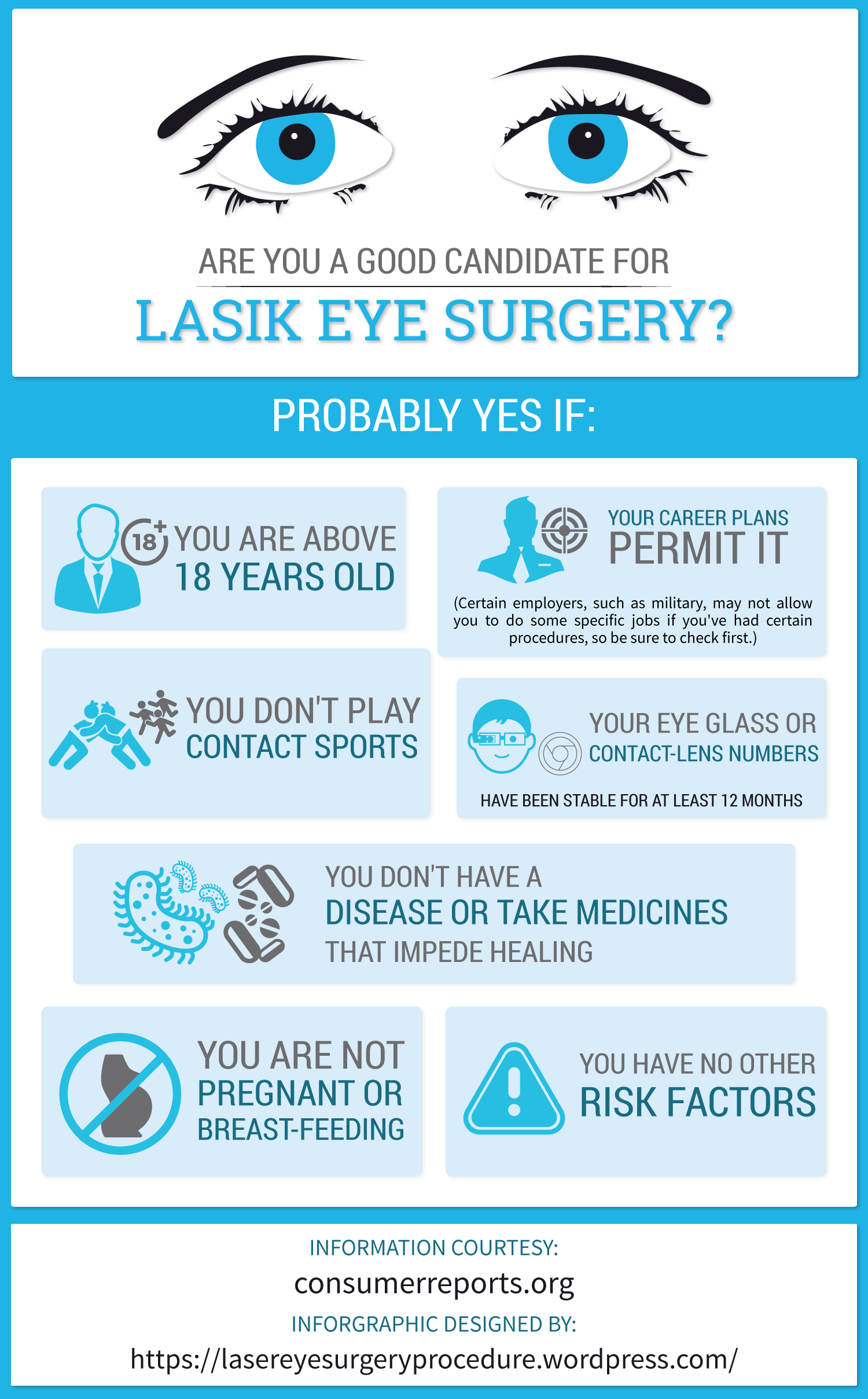Refractive Lens Exchange: The Future Of Vision Improvement

Read More Listed here Created By-Guldager Newton
Imagine a future where you no more need to rely upon glasses or call lenses to see plainly. A future where vision improvement is as easy as a fast, pain-free procedure.
Well, that future is closer than you could believe. Presenting refractive lens exchange, a cutting edge technique to fixing your vision that could alter the method you see the world.
However just what is refractive lens exchange, and why is it considered the future of vision correction? In this conversation, we will explore the advantages, the procedure, and the prospective threats of refractive lens exchange, giving you a glimpse right into what exists in advance for those looking for clearer vision.
The Benefits of Refractive Lens Exchange
Refractive Lens Exchange supplies various advantages for individuals looking for vision adjustment. By changing your natural lens with a synthetic intraocular lens, this treatment can correct a vast array of vision troubles. Among the primary advantages of refractive lens exchange is the enhancement in visual acuity. Whether you're myopic, farsighted, or have astigmatism, this treatment can considerably boost your capability to see clearly without counting on glasses or get in touch with lenses.
Additionally, refractive lens exchange can also stop the development of certain eye conditions, such as cataracts. https://postheaven.net/jc15teddy/investigating-the-most-recent-growths-in-kamra-inlay-technology means that not just will you achieve far better vision, however you'll additionally have actually a lowered danger of developing cataracts in the future.
With refractive lens exchange, you can take pleasure in improved vision and a better of life.
The Treatment for Refractive Lens Exchange
When going through refractive lens exchange, the surgeon will begin by making a small incision in your cornea. This allows them to access the lens of your eye and remove it.
Right here are 5 vital steps involved in the procedure:
- The specialist will very carefully separate the lens using ultrasound waves or lasers.
- After getting rid of the lens, they'll put a new artificial lens, called an intraocular lens (IOL), right into your eye.
- The IOL is developed to correct your details vision problems, such as nearsightedness, farsightedness, or astigmatism.
- Once the brand-new lens is in area, the cosmetic surgeon will shut the laceration with small stitches or self-sealing methods.
- The entire procedure normally takes less than thirty minutes and is usually carried out on an outpatient basis.
Complying with Lasik Surgery , refractive lens exchange can provide you with improved vision and lower your dependancy on glasses or call lenses.
Potential Risks of Refractive Lens Exchange
Prior to undertaking refractive lens exchange, it is essential to understand the possible dangers associated with the treatment. While refractive lens exchange is generally taken into consideration secure, like any surgical procedure, there are risks involved.
One potential risk is infection, which can take place if bacteria enters the eye throughout or after the surgical treatment. Another danger is the growth of increased intraocular pressure, which can bring about glaucoma. In addition, there's a small chance of experiencing corneal edema, which is the swelling of the cornea.
Various other potential dangers include retinal detachment, macular edema, and loss of vision. It's critical to go over these risks with your specialist and consider them against the prospective advantages before making a decision.
Conclusion
So there you have it, people! Refractive lens exchange is truly the future of vision improvement. With its numerous advantages and advancements in modern technology, this treatment offers a life-changing solution for those fighting with their vision.
But keep in mind, every climbed has its thorns. While refractive lens exchange might bring quality, it is necessary to be familiar with the potential risks included. So, prior to taking the leap, weigh the advantages and disadvantages, and consult with your ophthalmologist.
Besides, better safe than sorry!

